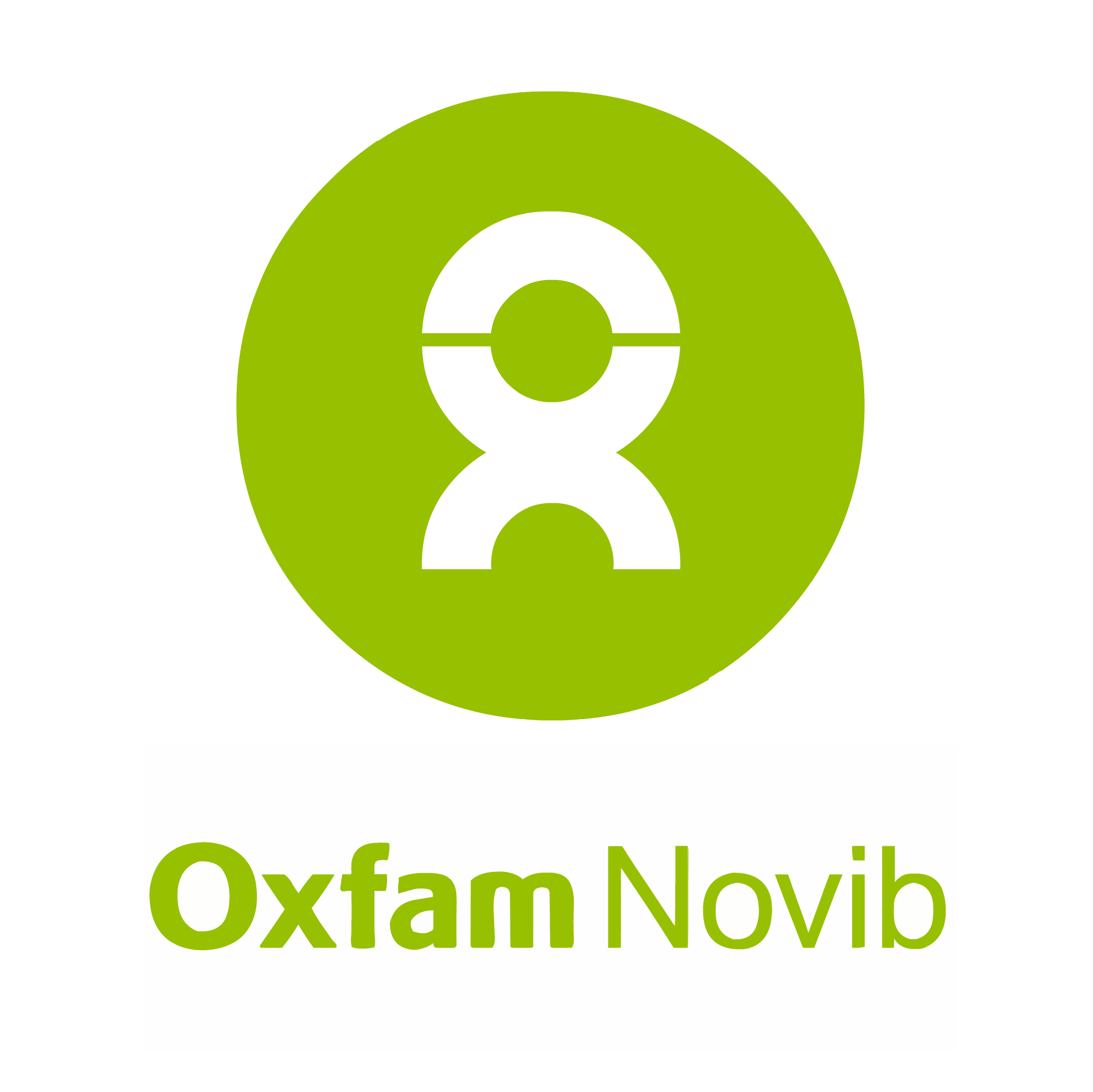Community / Land projects / Blue Gold Program
Blue Gold Program

€0
01/13 - 12/21
Завершено
This project is part of
Implementing Organisations
Donors
Data Providers
General
Integrated and sustainable polder development
Objectives
The combined efforts of Bangladesh Water Development Board (BWDB) and Department of Agriculture Extension (DAE) has reduced poverty and increased income for 186.339 households in 22 polders (119,124 ha) in the coastal districts of Bangladesh. This was done by (i) constructing water-management infrastructures, (ii) helping local communities to mitigate impacts of climate change, and to (iii) develop their local economy through diversified farming practices that are based on information on input costs and market prices, supported by participatory management of in-polder water resources. Results have been achieved in terms of effective participation of farmers, improved local level in-polder water management, agricultural production and operation and maintenance of infrastructure. Highlights from the project underline the substantial added value of facilitating in-polder water management and agricultural improvement: • Income from crops and fish were calculated to have more than doubled over the project implementation period. The increase in annual income exceeds the project expenditures (€ 89 million); it resulted in a payback period of 0.79 years. 60% of total household income comes from agriculture related sources, and 40% from non-agricultural sources. • The project established 543 Water Management Organizations (WMOs): 509 Water management Groups (WMGs) and 35 Water Management Associations (WMAs) that collectively make decisions over water management and agricultural issues. WMOs are officially registered, members contribute financially to a fund from which collective interventions are paid (eg repair). According to their self-assessment 486 (464+22) performed well and 56 (44+12) medium. • WMGs consistently reported a reduction in water-related constraints to crop production, with 69% of the seasonal reports from WMGs at the end of the project stating the water management situation is now good or very good, compared with only 13% in the pre-project situation. • Agricultural productivity in the area, traditionally much lower than other areas in Bangladesh, due to waterlogging and salinity, is now fast catching up. Overall cropping intensity has increased by 55%, from 186% to 241% in the polders. Against this overall rapid rise, there were some polders where crop intensity stagnated or decreased due to the conversion in urban land. • Besides cropping intensity, crop yields have improved. WMGs and DAE report yields have increased for almost all crops compared with the pre-project situation, by around 30% but doubling for paddy where high yield varieties have replaced local varieties. • Total labour used in agriculture has increased by almost 50%, with the number of women hired more than doubling. There is also tendency for landless persons to lease in land. These lease arrangement and the improved labour market have improved the opportunities for landless families. • 63% of the families received training under the project by DAE, whereas 38% reports to have received other training by the project. • Water management infrastructure in 22 polders has been rehabilitated/repaired/constructed, including 351 km of embankments, 538 km of khal excavation, 215 sluices, 254 outlets/inlets, 8 culverts, 4 pump sheds and 9 km of drainage pipes. The infrastructure provides protection from floods, improves river basin management and allowed WMAs to develop operational plans for (sub-polder) catchment areas.




